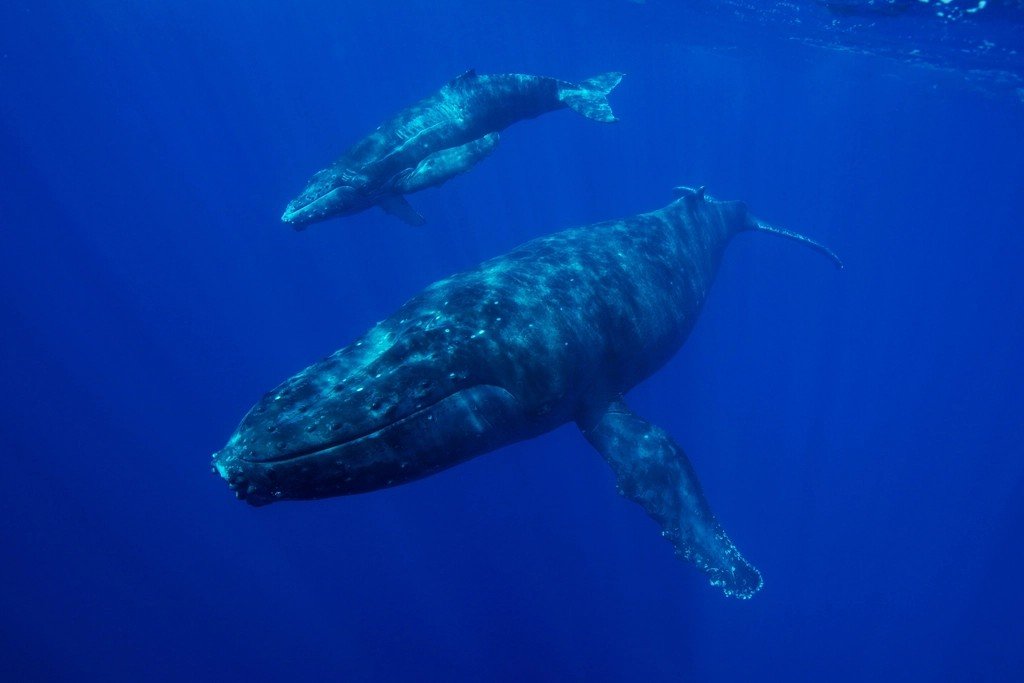Imagine creatures so massive they can be seen from space, yet their true superpower lies in something far less glamorous than their size. These ocean giants possess one of nature’s most effective regulation systems, operating through an elegant biological process that connects the smallest organisms on Earth to the largest animals that have ever lived. This remarkable phenomenon turns out to be one of our planet’s most underestimated weapons against change.
The relationship between whales and our involves a fascinating cycle of nutrients, waste, and microscopic life that spans from the ocean’s deepest trenches to its sunlit surface. So let’s dive into this surprising world where whale waste becomes salvation.
The Ocean’s Giant Carbon Warehouses
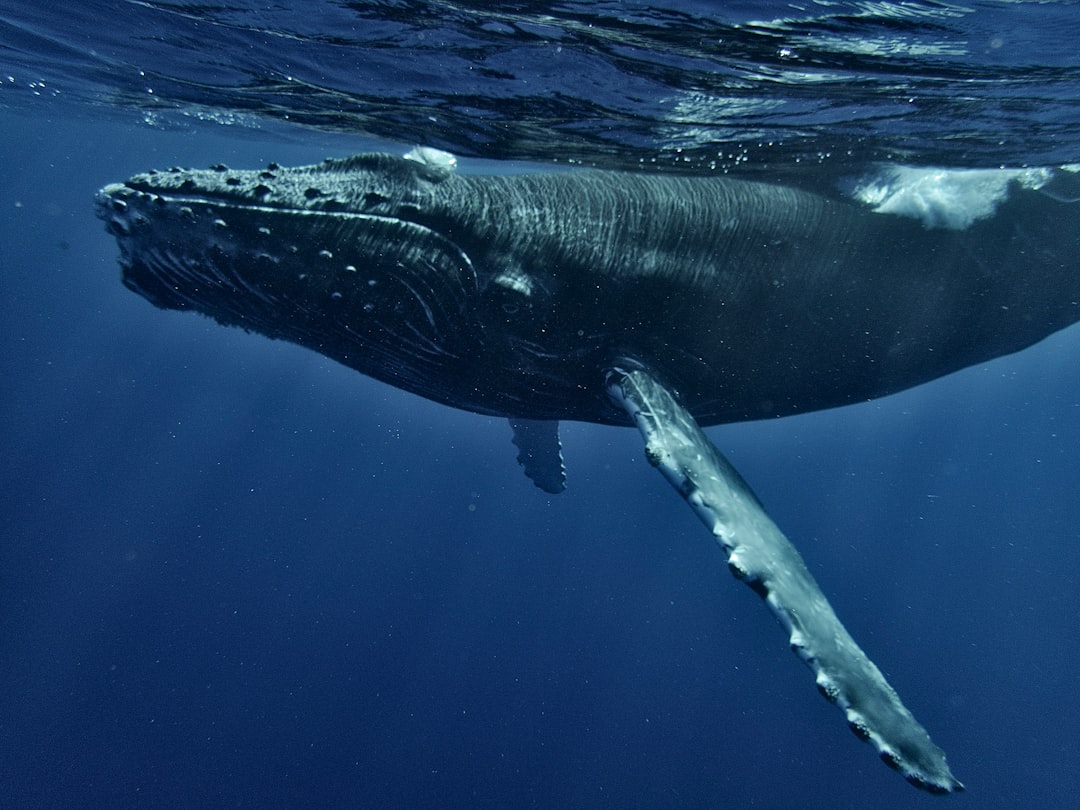
Great whales function as living carbon storage facilities, with each individual capturing an average of 33 tons of carbon dioxide over its lifespan. This incredible capacity stems from their enormous size and longevity, allowing them to accumulate vast amounts of carbon in their bodies through decades of feeding and growth.
To put this in perspective, a live oak tree captures carbon dioxide over its lifespan, though estimates vary significantly. This means when it comes to saving the planet, one whale is worth thousands of trees.
As apex predators, whales store carbon by consuming prey from lower trophic levels that are rich in carbon, and the larger the species, the more carbon they lock away. Their massive bodies essentially become floating reservoirs of sequestered atmospheric carbon.
Whale Falls: Nature’s Deep Sea Carbon Vaults
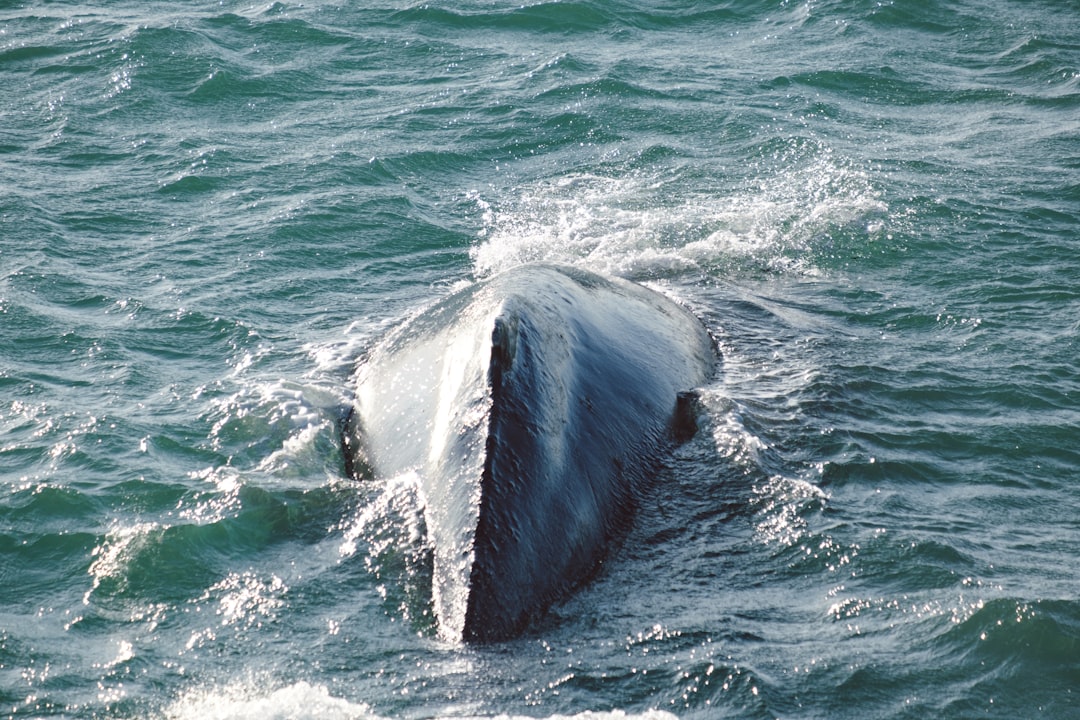
When whales die naturally, they create one of the ocean’s most effective long-term carbon storage systems. After whales die, their carcasses often sink to the seafloor in what scientists call a “whale fall,” trapping the carbon stored in their bodies at the bottom of the ocean where it remains for centuries or even millennia.
As the carcass decomposes and is eaten by deep sea animals, that carbon is sequestered in sediment and cycled through the deep-sea ecosystem, preventing it from returning to the atmosphere as carbon dioxide. This process creates underwater carbon storage facilities that operate for hundreds to thousands of years.
Many deep-sea organisms have evolved to rely on nutrients from sinking carcasses, and whale carcasses are responsible for a large portion of those nutrients due to their massive size. Each whale fall becomes a unique ecosystem that continues the carbon sequestration process long after the whale’s death.
The Whale Pump: Moving Nutrients Upward
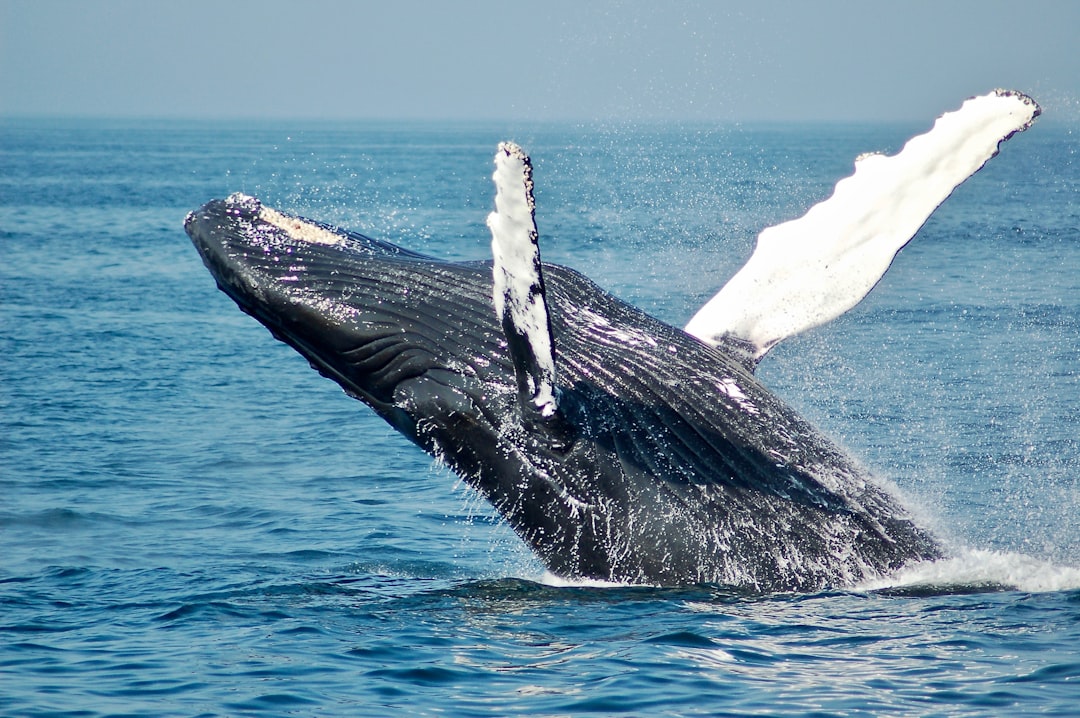
Scientists have discovered a phenomenon called “the whale pump,” where whale movements “pump” nutrients like nitrogen, phosphorus, and iron from the deep sea up to the surface. This process occurs when whales dive to great depths to hunt for nutrient-rich prey, then return to the surface to breathe and digest.
Some whale species, like the sperm whale, dive deep to hunt for nutrient-rich prey, and as mammals, they must return to the surface to breathe, where they expel large amounts of nutrient-rich feces and urine. This creates a biological elevator system that transports essential nutrients from the ocean’s depths.
When whales return to the surface to breed, they bring key nutrients like iron, nitrogen and phosphorus with them, which are released through their poop as part of a process called Whale Pumps – fecal plumes that stimulate the growth of phytoplankton. This reverses the ocean’s typical nutrient flow, where materials usually sink downward.
Iron-Rich Waste: The Ultimate Ocean Fertilizer
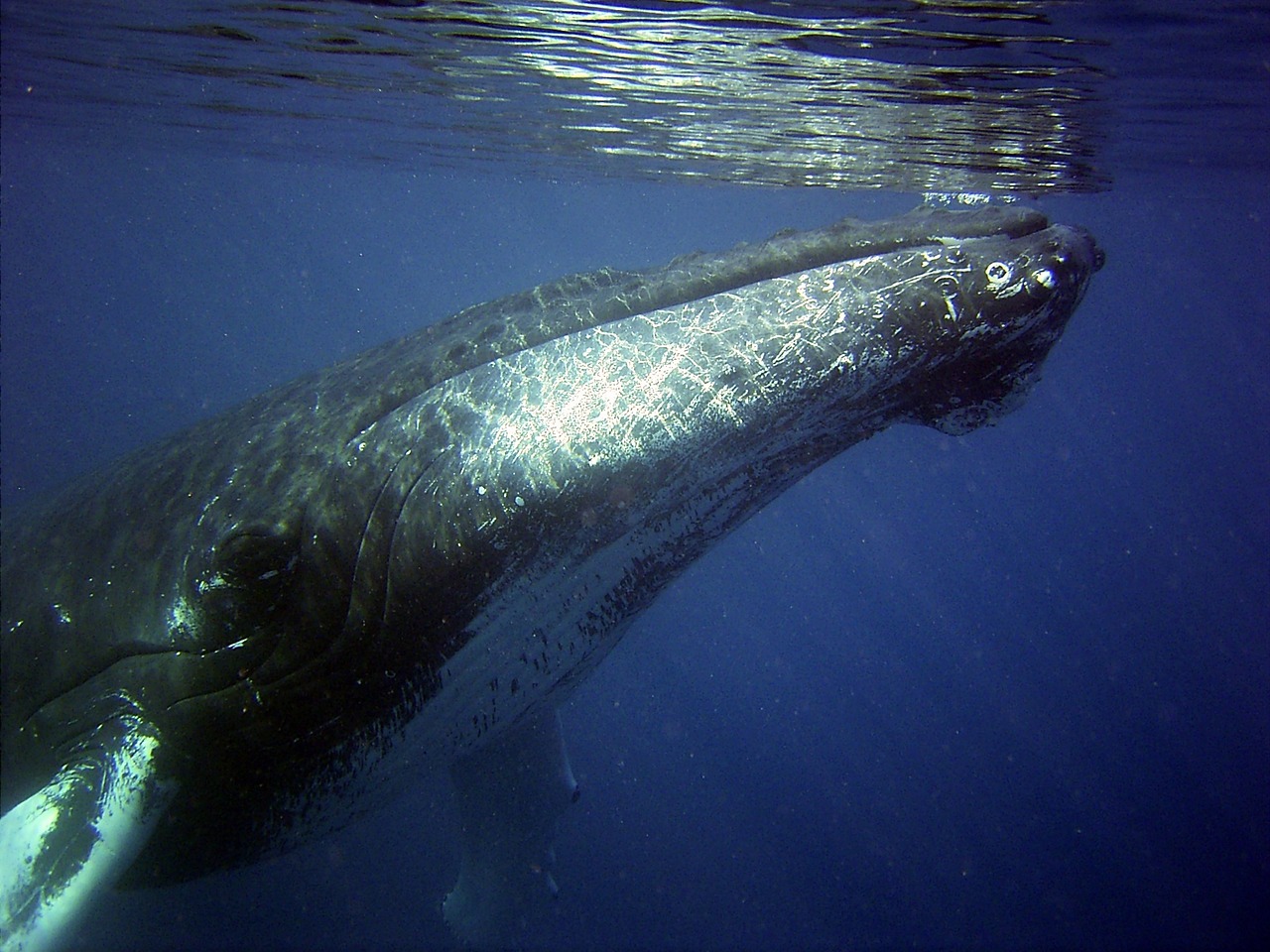
The composition of whale feces reveals one of nature’s most concentrated fertilizers. Research has found that the concentration of iron in whale faeces is more than 10 million times higher than seawater concentrations, creating an incredibly potent nutrient source for marine ecosystems.
The iron and nitrogen in whale poop acts as a fertiliser and helps phytoplankton to grow, leading to a more productive ecosystem and enhanced atmospheric carbon dioxide removal. This iron is particularly crucial in areas of the ocean where this essential nutrient is naturally scarce.
Filter-feeding whales are capable of converting the iron found in solid form in their prey into a liquid form that is released as a slurry into the euphotic zone, providing metals that are in short supply far from land and are often a limiting factor for the growth of ocean ecosystems. Their digestive systems essentially transform solid nutrients into bioavailable forms that ocean life can immediately use.
Phytoplankton: The Ocean’s Carbon-Absorbing Powerhouses
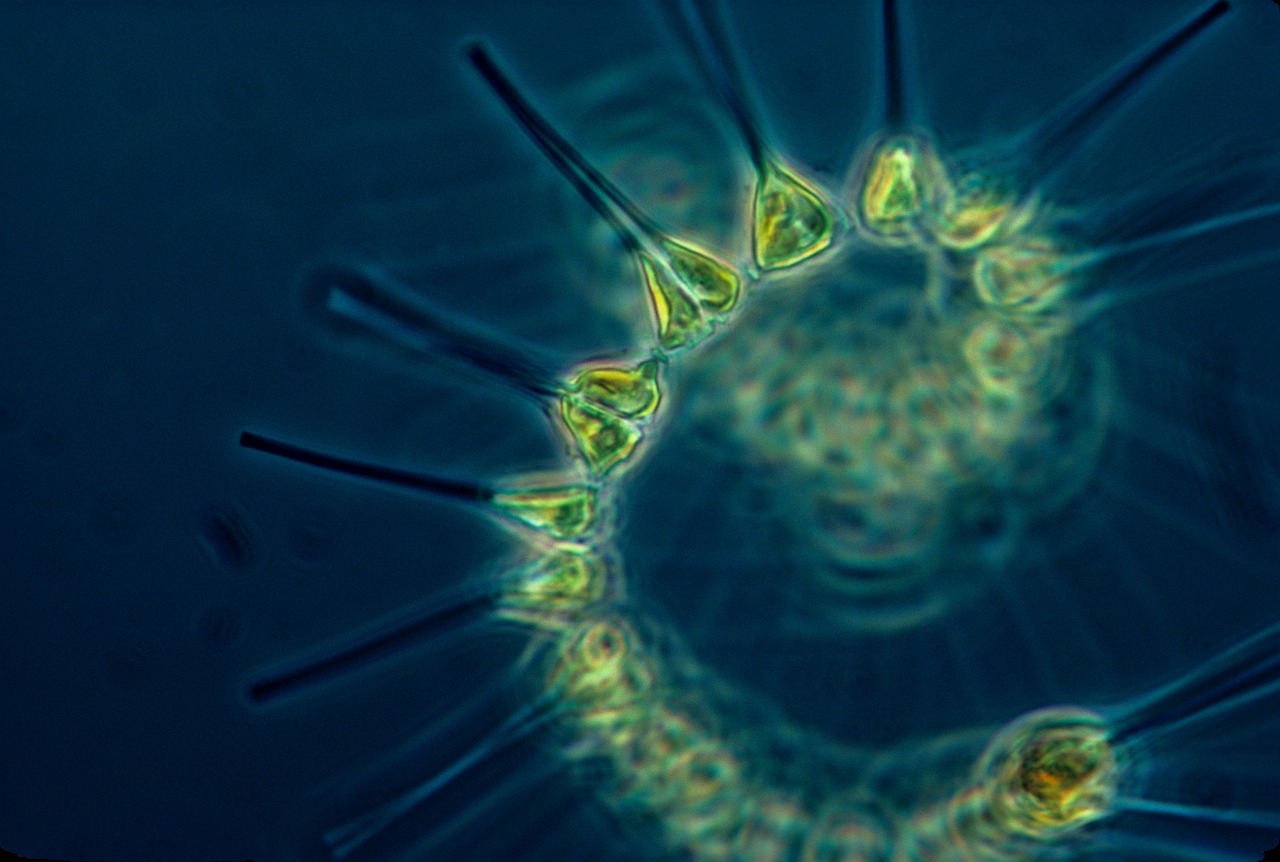
The nutrients from whale waste, combined with sunlight, stimulate carbon-capturing phytoplankton blooms, and globally, marine phytoplankton capture the equivalent of four Amazon rainforests’ worth of carbon dioxide each year as they photosynthesize and produce half the oxygen we breathe.
Phytoplankton float near the surface of the sea and they absorb CO2 through the process of photosynthesis, and when the creatures that eat them die, they sink to the bottom of the ocean where the CO2 from the phytoplankton stays for many centuries. This creates a massive biological carbon pump system.
At current numbers, phytoplankton capture an estimated 37 billion metric tons of CO2 every year according to some studies, with phytoplankton sequestering an estimated 2 billion tons of carbon dioxide into the ocean each year. The ocean becomes a carbon sink that holds roughly 90 percent of all sequestered carbon on Earth.
Migration Highways: Spreading Nutrients Across Oceans
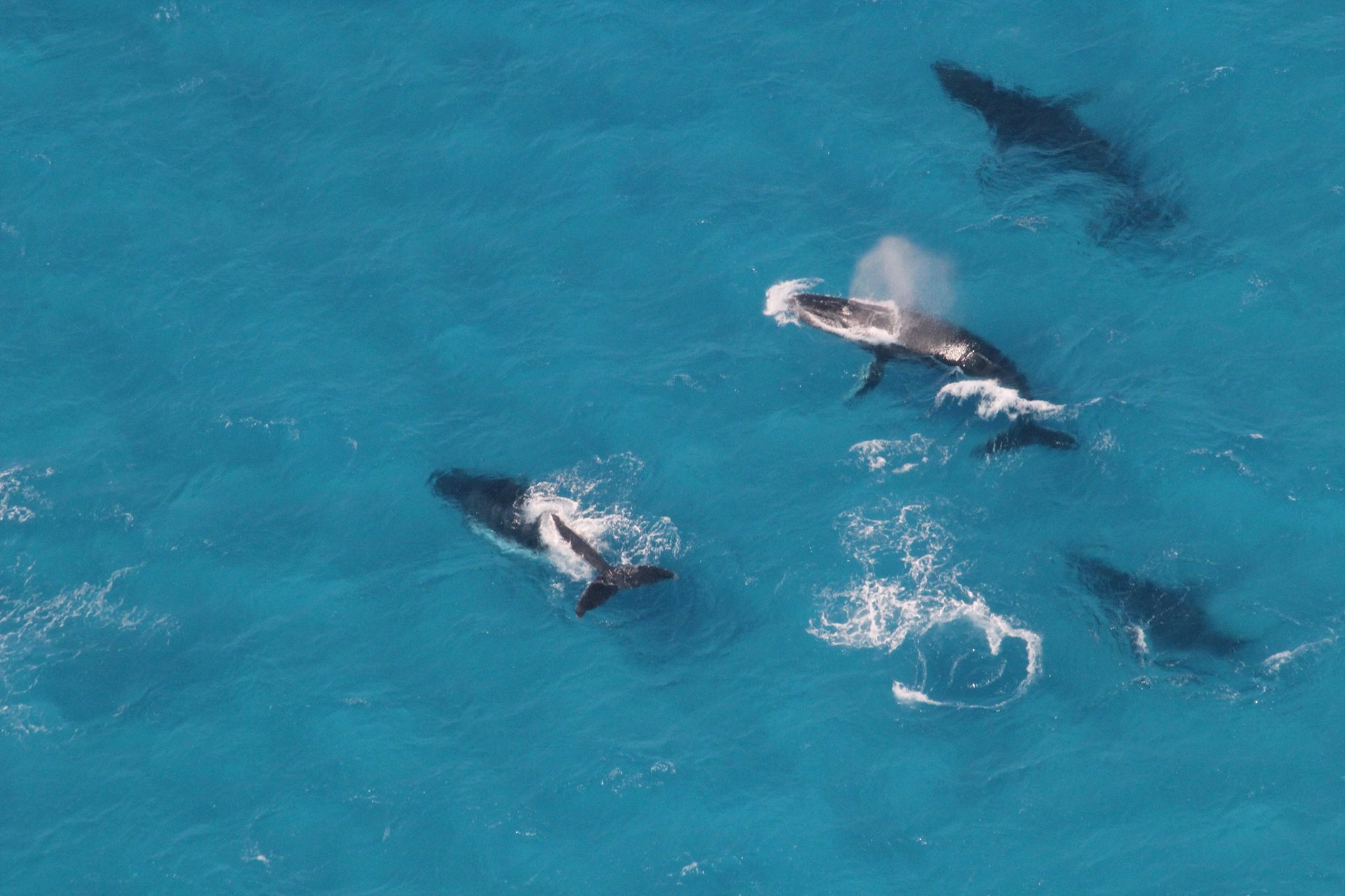
Most whale species migrate seasonally from nutrient-rich feeding grounds to nutrient-poor breeding grounds to mate and give birth, and the nutrients whales consume on their feeding grounds are expelled as feces and urine along their migratory routes and in their breeding grounds, stimulating phytoplankton blooms and increases carbon capture via photosynthesis.
Baleen whales, including the blue, gray, and fin, and North Atlantic right whale, embark on some of the longest migrations on the planet – up to 12,000 miles. These epic journeys create nutrient highways across entire ocean basins, distributing fertilizer to marine ecosystems that would otherwise be nutrient-poor.
Scientists have modeled how this conveyer belt of nutrients has slowed due to huge declines in whale populations, finding that only a quarter as much phosphorus makes it to surface waters today compared with the past, and the flow of phosphorus to land has nearly stopped at just 4 percent of historic levels.
The Lost Whaling Era: A Catastrophe
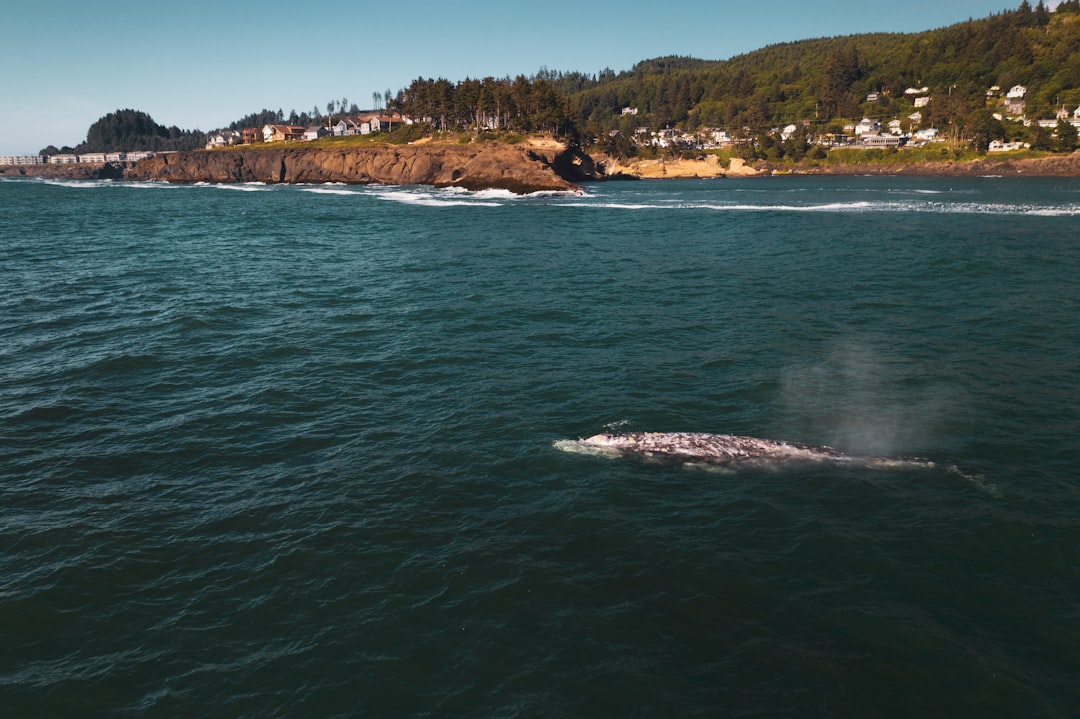
The scale of whale population decline represents one of the largest human-caused disruptions to ocean ecosystems. After decades of industrialized whaling, biologists estimate that overall whale populations are now less than one fourth what they once were, with some species, like blue whales, reduced to only 3 percent of their previous abundance.
If whale populations were able to be restored to their pre-whaling numbers – current populations remain significantly reduced from historical levels – this could significantly boost the quantity of phytoplankton in our oceans and the carbon they capture each year. This represents a massive untapped potential for natural mitigation.
For decades, a large portion of blue carbon has been released into the atmosphere as a result of people capturing excessive numbers of whales, with fisheries releasing at least 730 million tons of carbon dioxide into the atmosphere since 1950, about the same amount as 188 coal-fired power plants release in a year. Historical whaling essentially turned carbon storage systems into carbon emission sources.
Economic Value: The Million-Dollar Marine Mammals
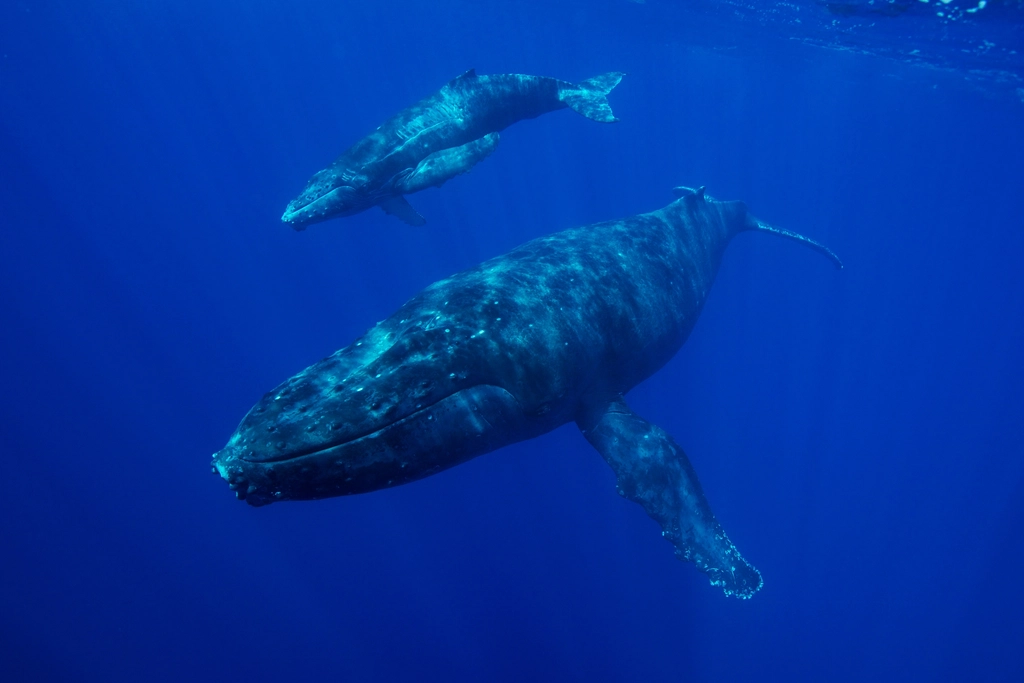
Economists have begun quantifying the monetary value of whales’ services, revealing staggering economic benefits. Scientists estimate the value of an average great whale by determining the carbon sequestered by a whale over its lifetime, using scientific estimates and the market price of carbon dioxide, putting conservative estimates of the average great whale at more than $2 million, and easily over $1 trillion for the current stock of great whales.
A first-of-its-kind analysis looked at the market price of carbon dioxide, then calculated the whale’s total monetary value based on how much carbon it captures, in addition to other economic benefits like ecotourism, putting the average value of a great whale at $2 million. This valuation doesn’t even include the full ecosystem services they provide.
The whale-watching sector has grown by around 45 percent between 1998 and 2005, raking in around $21 billion in local economic benefits in 2005, a figure that is likely much higher today. Living whales generate far more economic value than dead ones ever did.
Change Threats to Whale Ecosystems
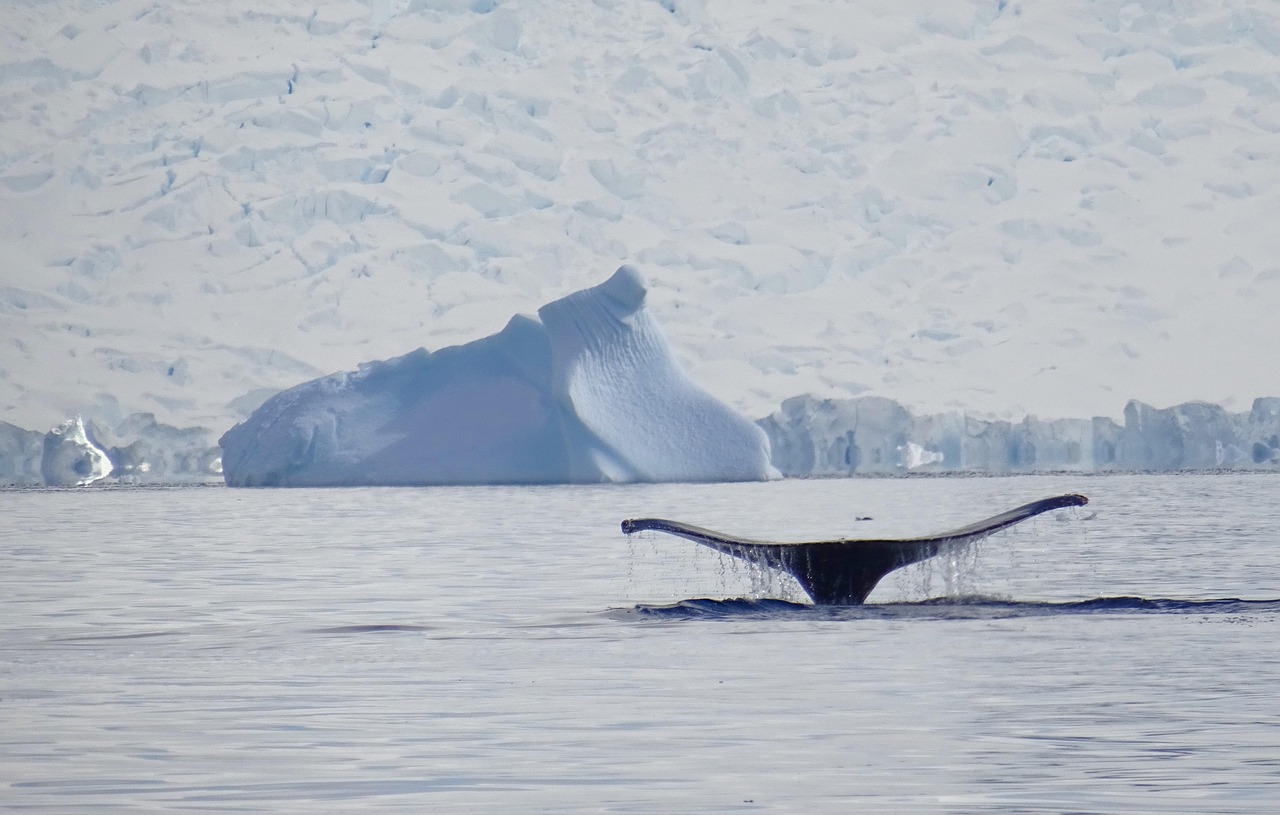
Threats from a changing range from changes in sea temperature and the freshening of the seawater because of melting ice and increased rainfalls, to sea level rise, loss of icy polar habitats and the decline of prey in key areas, and while whales have some capacity to adapt to this changing environment, the is now changing at such a fast pace that it is unclear to what extent they will be able to adjust.
Plankton are very sensitive to environmental changes, including the temperature, salinity, pH level, and nutrient concentration of oceans, and as oceans warm and sea ice melts, zooplankton numbers are falling, with the changing availability and location of zooplankton – a primary food source for many whales – impacting whale energy levels and reproductive rates.
There’s the possibility that ship traffic will increase as melting ice opens up more routes across the ocean, leading to more pollution, garbage and noise, creating a cycle where warming waters harm the whales, in turn reducing the ocean’s ability to suck in carbon and leading to even more temperature increases. This creates a dangerous feedback loop that accelerates change.
A Natural Solution Within Reach
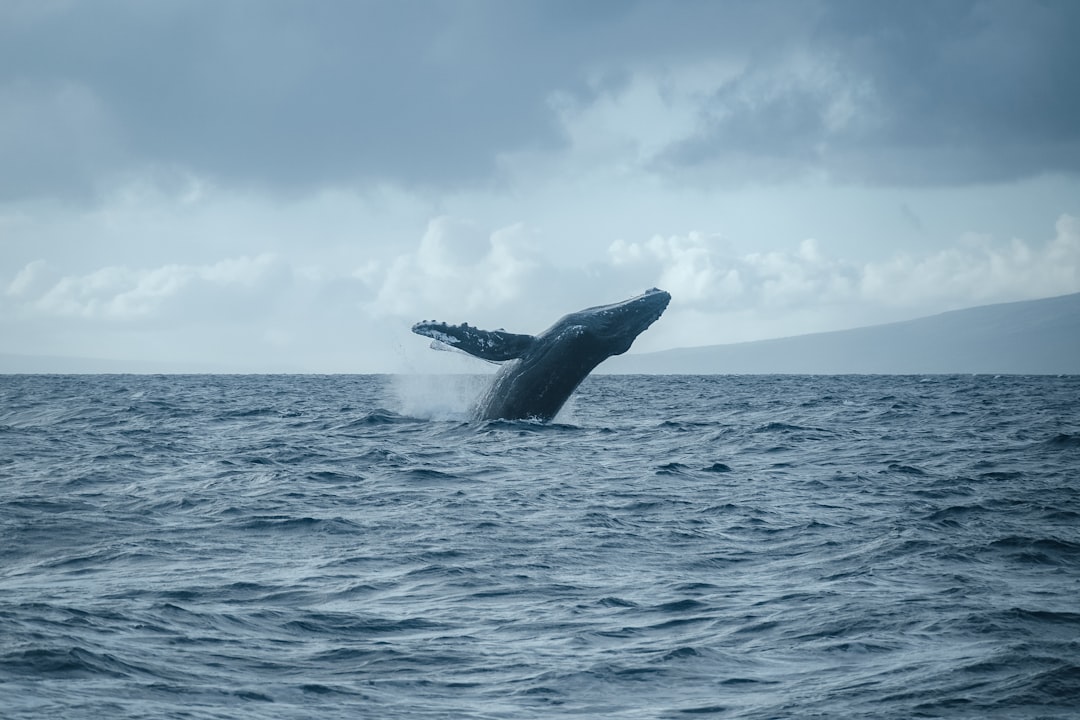
Recovery of whale populations via reduction of anthropogenic impacts can aid in carbon dioxide removal, though its inclusion in policy needs to be grounded in the best available science and considered in tandem with other strategies known to directly reduce greenhouse gas emissions. Whale conservation represents one of the most achievable nature-based solutions available.
Whale restoration represents an effective nature-based solution, a term referring to the use of natural processes of healthy ecosystems to protect communities, enhance infrastructure, and ensure a sustainable and diverse future. Unlike complex technological solutions, protecting whales requires primarily regulatory and enforcement changes.
Scientists say this slowing of the nutrient conveyer belt is reversible, emphasizing the importance of trying to restore these species as ecological engineers on the planet, and letting them move around the planet more freely. The solution involves removing human-caused threats rather than inventing new technologies.
You probably never imagined that something as seemingly mundane as whale waste could be so crucial to our planet’s stability. Yet here we are, discovering that these gentle giants have been operating one of Earth’s most effective carbon capture systems for millions of years. The tragedy is that we’ve disrupted this system so severely through whaling and other human activities that we’re only now beginning to understand what we’ve lost.
The path forward isn’t complicated – protect existing whale populations, reduce ship strikes and fishing gear entanglements, and create marine sanctuaries where these champions can thrive. Every whale saved is a living, breathing solution that keeps working for decades. What do you think about this unexpected connection between whale poop and planetary health? Tell us in the comments.

Jan loves Wildlife and Animals and is one of the founders of Animals Around The Globe. He holds an MSc in Finance & Economics and is a passionate PADI Open Water Diver. His favorite animals are Mountain Gorillas, Tigers, and Great White Sharks. He lived in South Africa, Germany, the USA, Ireland, Italy, China, and Australia. Before AATG, Jan worked for Google, Axel Springer, BMW and others.

